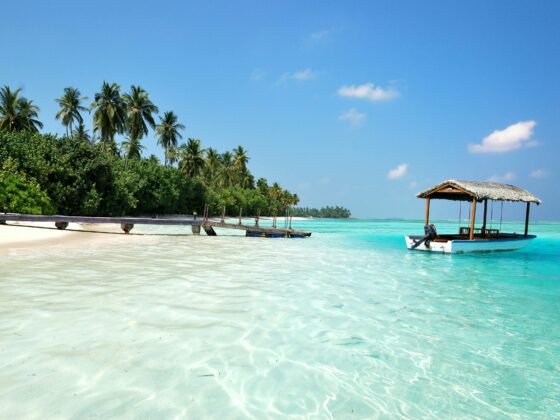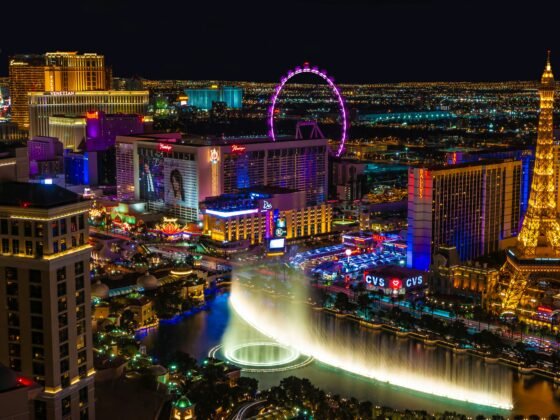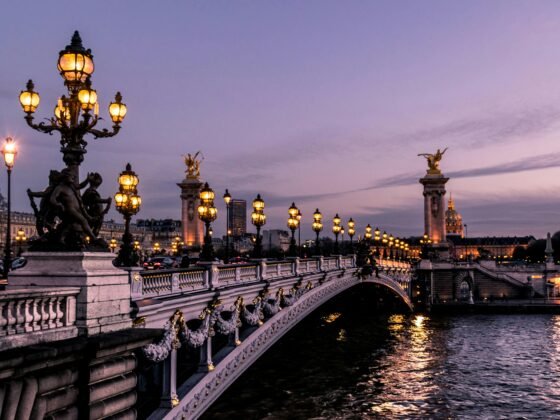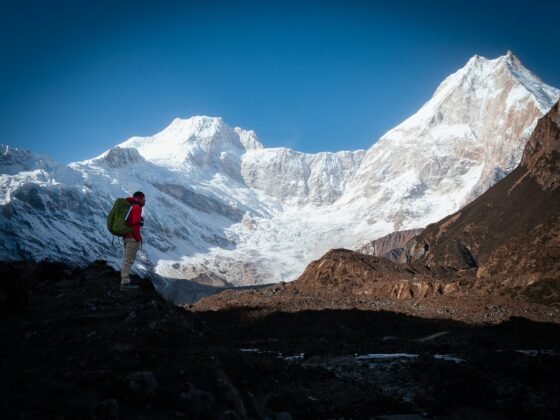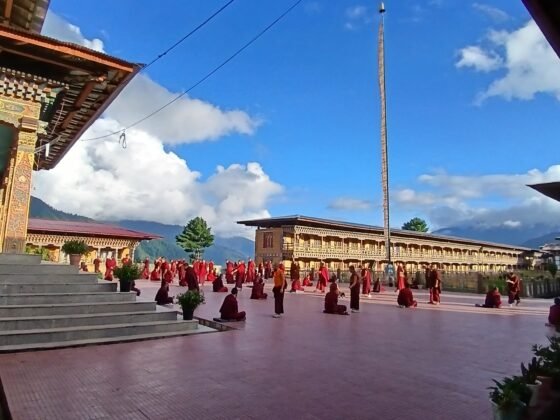When on a warm vacation, one of the most exciting and unforgettable things to do is to explore the great blue seas. If you’re lucky, you might be somewhere with a drop-dead gorgeous underwater cave! There are so many natural caves that will blow you away, and here are just eight of the most beautiful ones in the world.
-
Grotta Azzurra, Capri, Italy
If you need a reason to visit the beautiful island of Capri, this cave is it. Otherwise called the Blue Grotto in English, this magnificent sea cave is approximately 190 feet long, 82 feet wide and 3 feet high. If you’re a fan of Roman history or the television series Rome, you’ll recognize that Capri was the summer villa of the exiled Roman emperor Tiberius. It is said that the grotto was his private pool, and it is not difficult to see why! Sunlight, which passes through an underwater cavity and shines through the seawater, creates an electric blue reflection that illuminates the cave, giving it an ethereal quality. The azure water can be admired any time if the sun is out; however, the waters are most vibrant between 12 pm and 2 pm.
When to go: April to June, September to Mid-October
2. The Grotto, Bruce Peninsula National Park, Ontario, Canada
The Grotto is a natural, scenic sea cave with a beautiful blue pool and is definitely a highlight in this park. The grotto is filled with fascinating limestone structures, and the glittering waters exude a deep aquamarine glow when the light from an underwater tunnel reaches the cave. Bask in the warm, blue glow as you enjoy one of Mother Nature’s crown jewels.
When to go: March to June, Late-September to November
3. Great Blue Hole, Belize City, Belize
This 400-foot deep underwater sinkhole is the world’s largest and is an extremely popular scuba diving spot. Journeying inside, one can be amazed by the massive stalactites, stunning underwater caverns, and breathtakingly beautiful corals. The sinkhole’s crystal clear waters reveal the region’s glorious marine life, which includes Caribbean reef sharks, nurse sharks, giant groupers, as well as all sorts of colorful tropical fish.
When to go: November to April, March to avoid tourists
4. Cenote Dos Ojos, Mexico
Located north of Tulum on the Carribean coast of the Yucatán Peninsula, the Cenote Dos Ojos is one of the longest underwater cave systems in the world. It means Two Eyes Cenote in English, the name coming from the neighboring cenotes that resemble two large eyes, Cenote Dos Ojos is easily one of the most famous cenotes in the world, having appeared in many documentaries and movies (Planet Earth, Journey Into Amazing Caves and The Cave to name a few). It boasts striking, clear waters and incredible stalactites and stalagmites. Wildlife in the cenote includes shrimp, various types of colorful tiny fish and bats (spot them hanging among the stalactites!).
When to go: October to December
5. Kuredu Caves, Maldives
Possessing more than 60 different locations for diving, the Kuredu Caves are a dream come true for divers. Also known as Turtle Airport for its large population of green sea turtles, the caverns have large and ragged rock formations that start at 26 feet and drop down to 65 feet. The ceilings of the overhangs are coated in soft corals and soldierfish swimming upside down. Kuredu Caves are also home to a multitude of marine life, including manta rays, moray eels, scorpion fish, angelfish, butterflyfish, stingrays and barracudas. Truly, diving in Kuredu waters is an unforgettable experience to behold!
When to go: All year round!
6. Cathedral Cove Sea Cave, Coromandel, New Zealand
Look familiar? This sea cove made an appearance in The Chronicles of Narnia: Prince Caspian. Apart from allowing you to live out your Narnian dreams, Cathedral Cove, with its naturally formed archway, golden beaches, and tranquil waters, is one of the most picturesque sea caves in the world. Take a boat tour, swim with the fish or kayak in one (or all!) of Cathedral Cove’s five sea caves. If you are lucky, you might even encounter seals and blue penguins in the caves’ depths. Cathedral Cove is also only a stone’s throw away from other famous attractions such as Gemstone Bay and Stingray Bay.
When to go: All year round, May to October to avoid tourists
7. Orda Cave, Perm Krai, Russia
At a staggering 16,000 feet long, the Orda Cave Russia’s longest cave and the world’s biggest underwater gypsum cave. It features towering galleries that resemble gothic churches, crystalline overhangs, and immaculate waters. Orda Cave’s biggest grotto is the Ice Palace, which is 164 feet long and 50 feet wide. In winter, the Ice Palace is well worth a visit for its beautiful ice formations. However, due to very low water temperatures (3-6°C) and delicate gypsum interiors which are at a high risk of collapsing, diving in this stunning cave is only for the very experienced.
When to go: June to August
8. Chandelier Cave, Palau
Known for the enormous stalactites that hang from the cave’s ceiling like chandeliers (hence the name Chandelier Cave), this cave system consists of five caves and is one of the most incredible dive spots in the world. Inside the cave, visitors will be awed by the natural limestone structures and swimming with the cave’s diverse ocean life which includes soldierfish, cardinalfish, and mandarin fish. Do proceed with caution when diving, however, Chandelier Cave is an intermediate dive, but those who suffer from claustrophobia or are first-time cave divers should not attempt this dive. The numerous low hanging stalactites that pierce the water make Chandelier Cave tricky to maneuver!
When to go: December to April
These caves make for the perfect vacation for you to embrace your inner adventurer. Try something new for your next holiday and check these caves out! We can’t promise you can bring pool floats in, so maybe save them for the beach.
Make sure to take extra care while exploring the underwater world, if you need to get diving certification do make sure to do so before attempting any more challenging caves. Have fun, be safe and be blown away by the marvels of the underwater world!




